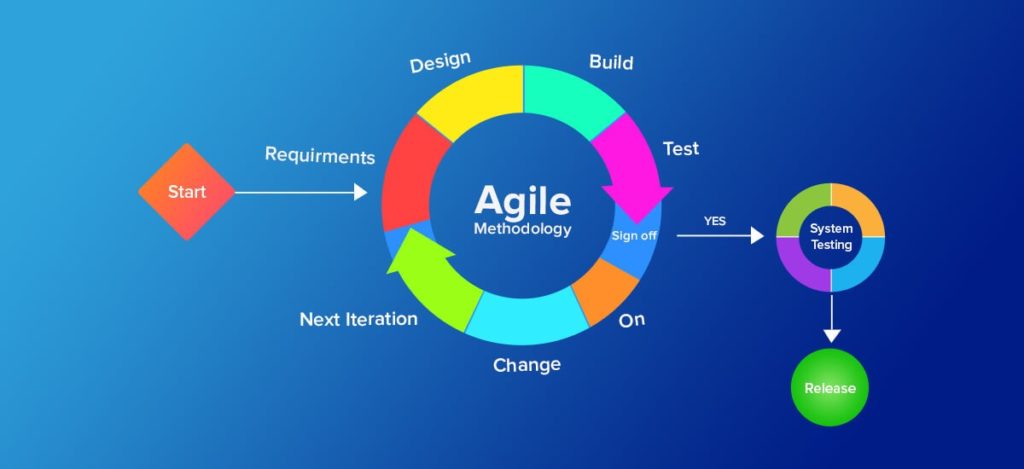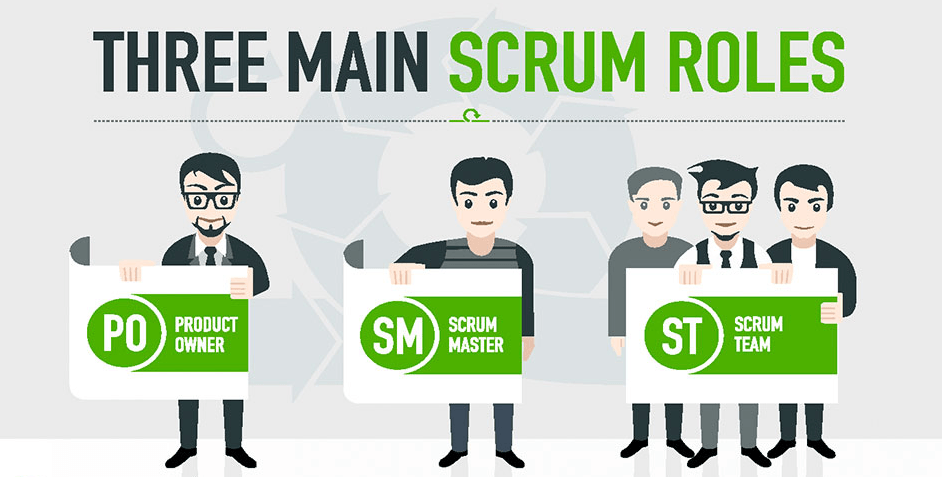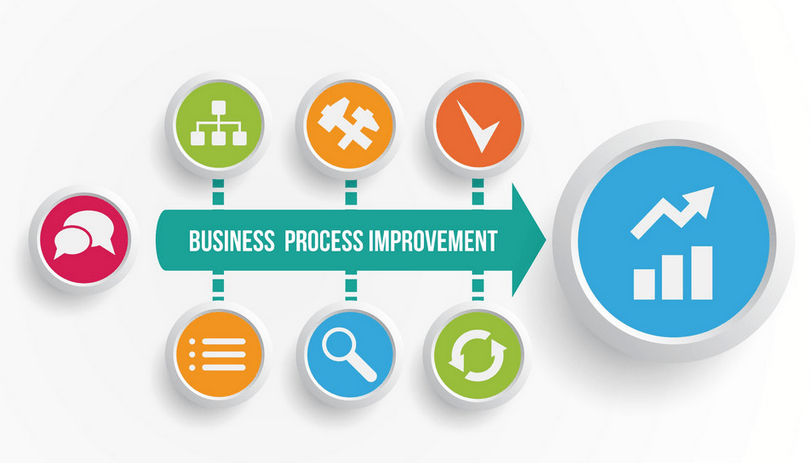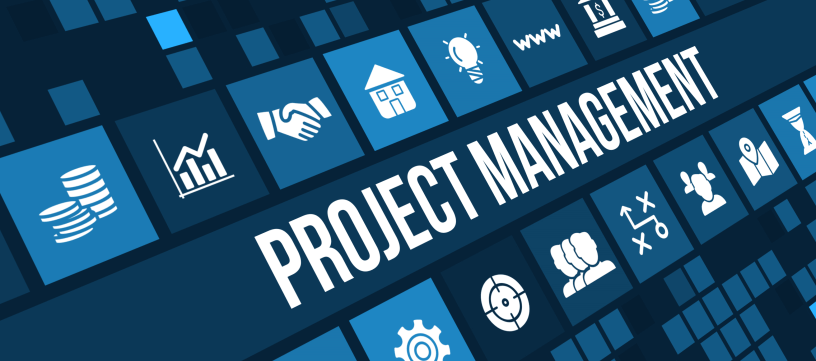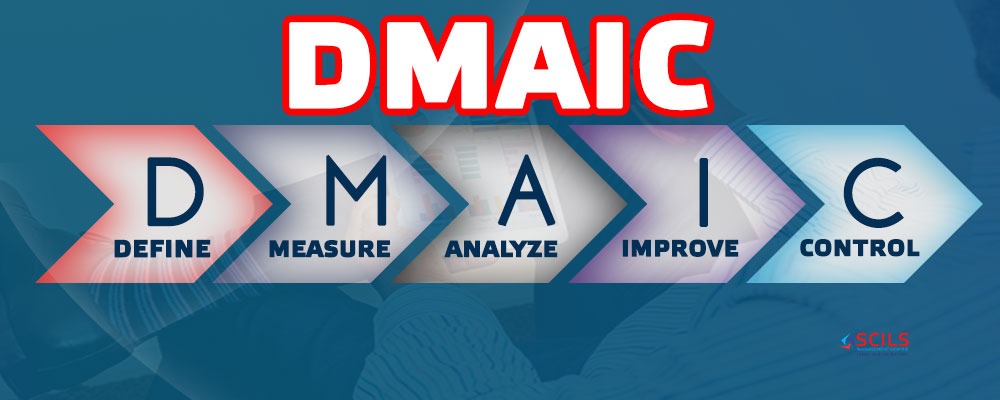Project management profession is going through a major transformation at this time as a result of the influence of Agile. Up until recently, the only accepted way to do project management has been a traditional, plan-driven project management approach that emphasized planning and control to achieve predictability over project costs and schedules. There have been many situations where a project has met its cost and schedule goals for delivering a defined set of requirements but failed to deliver an appropriate level of business value.
So What is Agile Methodology? Agile is a process that helps teams provide quick and unpredictable responses to the feedback they receive on their project. It creates opportunities to assess a project’s direction during the development cycle. Teams assess the project in regular meetings called sprints or iterations.
An agile is a very empowering process that helps companies design and build the right product. The management process is very beneficial for software companies because it helps them analyze and improve their product throughout its development. This enables companies to produce a highly valuable product so they stay competitive in the market.
REGISTER FOR SCRUM and AGILE TRAININGS AND CERTIFICATIONS
The agile methodology has changed the face of software development and project management, and increased demand for professionals with agile knowledge and experience. The methodology, which emphasizes cross-functional teams collaborating incrementally and iteratively on projects in a flexible and responsive way, is now in practice at a wide array of organizations, and there are a number of available certifications to benchmark and test professionals’ knowledge and competency with the framework.
Of the top agile focused certifications that allows you to take your career to the next level is the PMI – ACP (Agile Certified Practitioner). The PMI Agile Certified Practitioner (PMI-ACP) formally recognizes your knowledge of agile principles and your skill with agile techniques. It will make you shine even brighter to your employers, stakeholders and peers.
The Agile Certified Practitioner (ACP) from the Project Management Institute (PMI) is for project management professionals whose organizations currently use or are moving to agile practices. The PMI-ACP provides assurance that the certification holder has real-world experience managing agile projects and is familiar with many subsets of the agile methodology, including Scrum, Kanban, Lean and others. Those who achieve the certification must earn 30 professional development units (PDUs) every three years to maintain their status.
REGISTER FOR SCRUM and AGILE TRAININGS AND CERTIFICATIONS
The PMI-ACP is available to members and non-members and is offered in paper-based and computer-based testing formats, ranging from $385 for paper-based member testing to $495 for computer-based testing of PMI non-members.
AGILE METHODOLOGY AND AGILE CERTIFICATIONS Read More »
